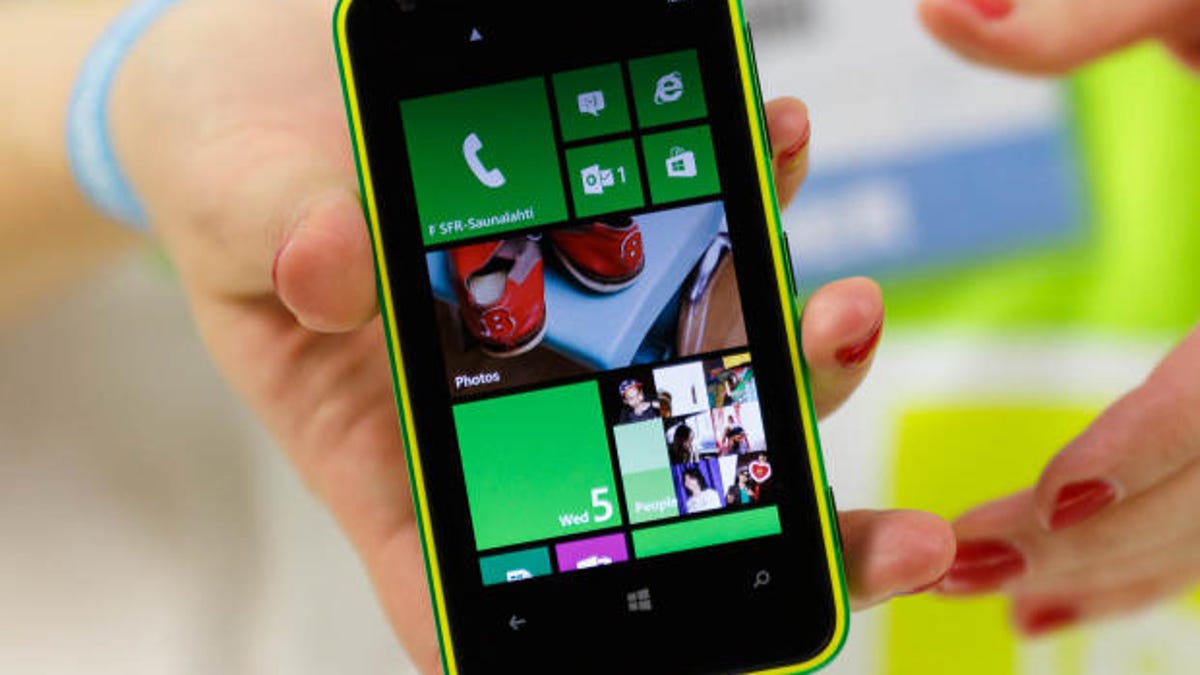Nokia Lumia family
Nokia established the "Lumia" name for its Windows Phone 8 devices to "signify that we've been able to go a step further than the standard spec," said CEO Stephen Elop.

Nokia returned for a second -- and even more critical -- round to put its Lumia brand on the map. Its larger, thicker Nokia Lumia 920 marquee device was the first to bring wireless charging and a highly sensitive screen that can accommodate navigation with both a fingernail and a gloved hand. Although heavier and bulkier than its chief rival, the HTC Windows Phone 8X, Nokia's AT&T exclusive is also more powerful and comes in at half the price.
Nokia will need its flagship 920, and its slightly less premium 820, 810, and 822 models to also perform well on AT&T, T-Mobile, and Verizon, respectively, to help boost sales. Weak profits to date have spurred the Espoo, Finland-based handset-maker to recently sell its headquarters.

